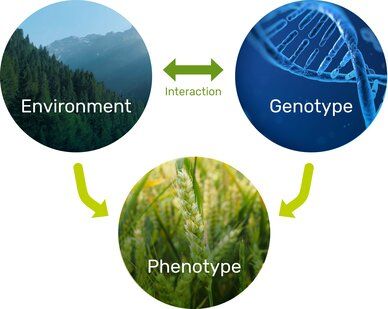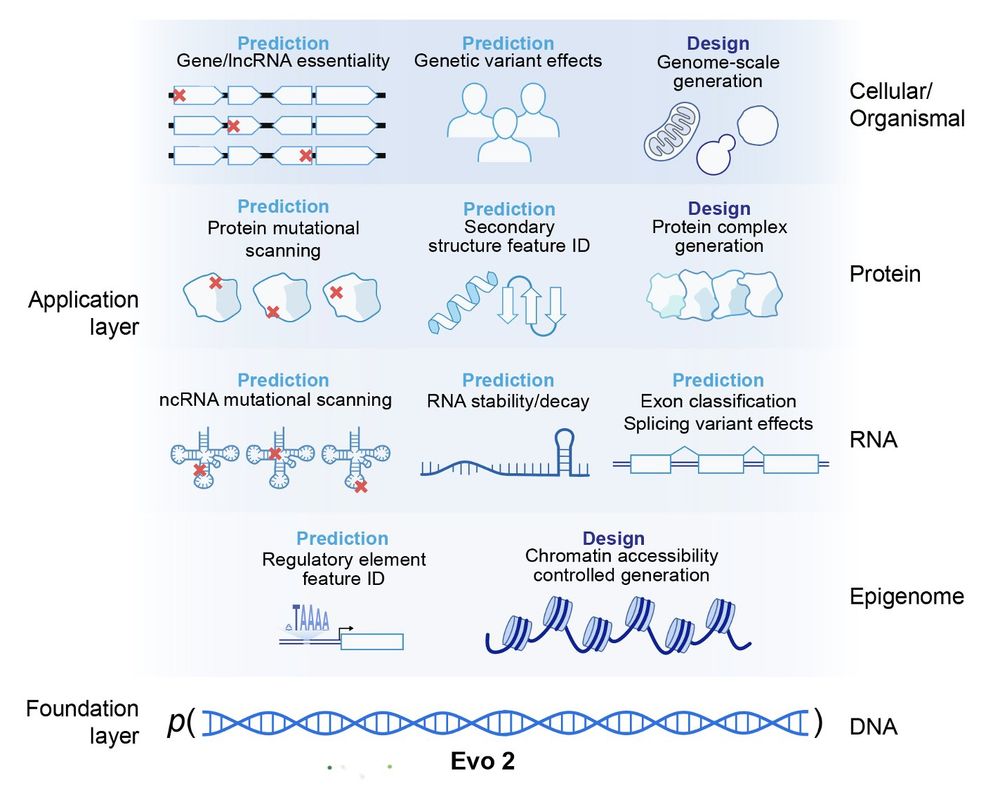www.biorxiv.org/content/10.1...

www.biorxiv.org/content/10.1...
Arc is on 🔥
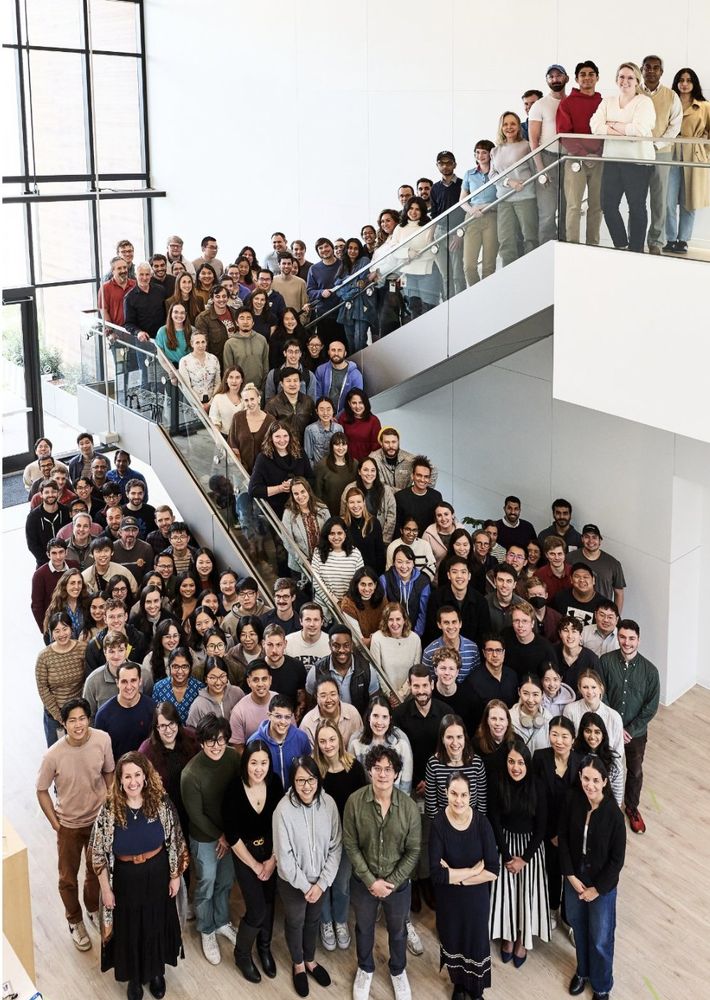
Arc is on 🔥
We're excited about programmable genome design at unprecedented length scales, especially when combined with AI-generated DNA sequences of high complexity (e.g. Evo 2)
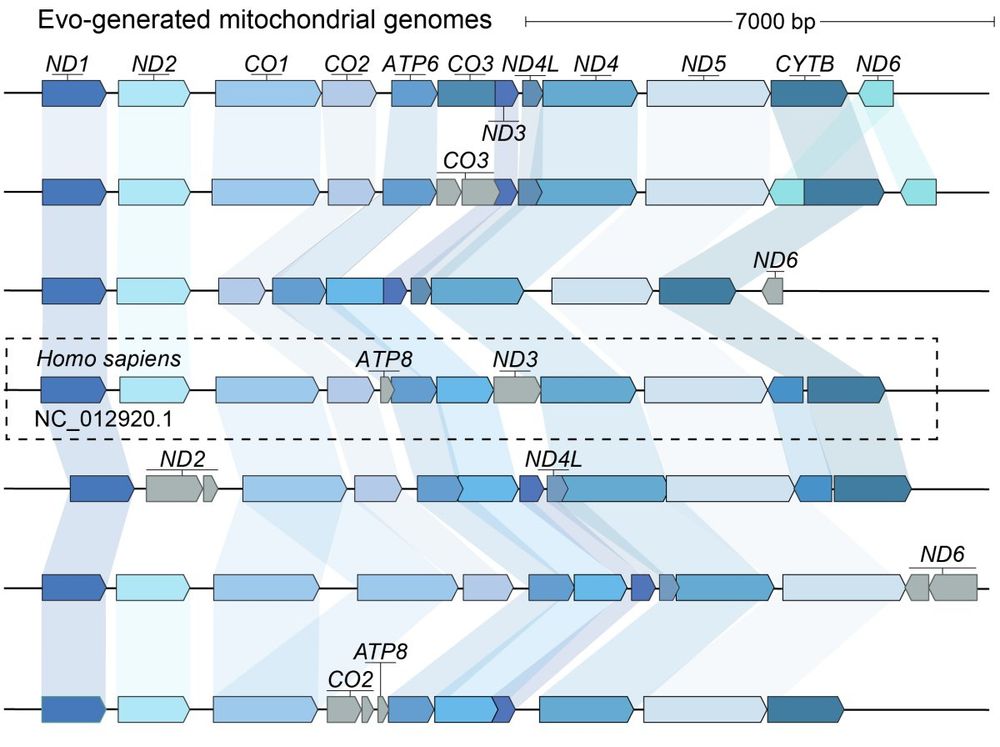
We're excited about programmable genome design at unprecedented length scales, especially when combined with AI-generated DNA sequences of high complexity (e.g. Evo 2)
We provide a therapeutic proof-of-concept with bridge-mediated excision of the BCL11A enhancer for sickle cell anemia and of expanded repeat sequences found in Friedreich's ataxia

We provide a therapeutic proof-of-concept with bridge-mediated excision of the BCL11A enhancer for sickle cell anemia and of expanded repeat sequences found in Friedreich's ataxia
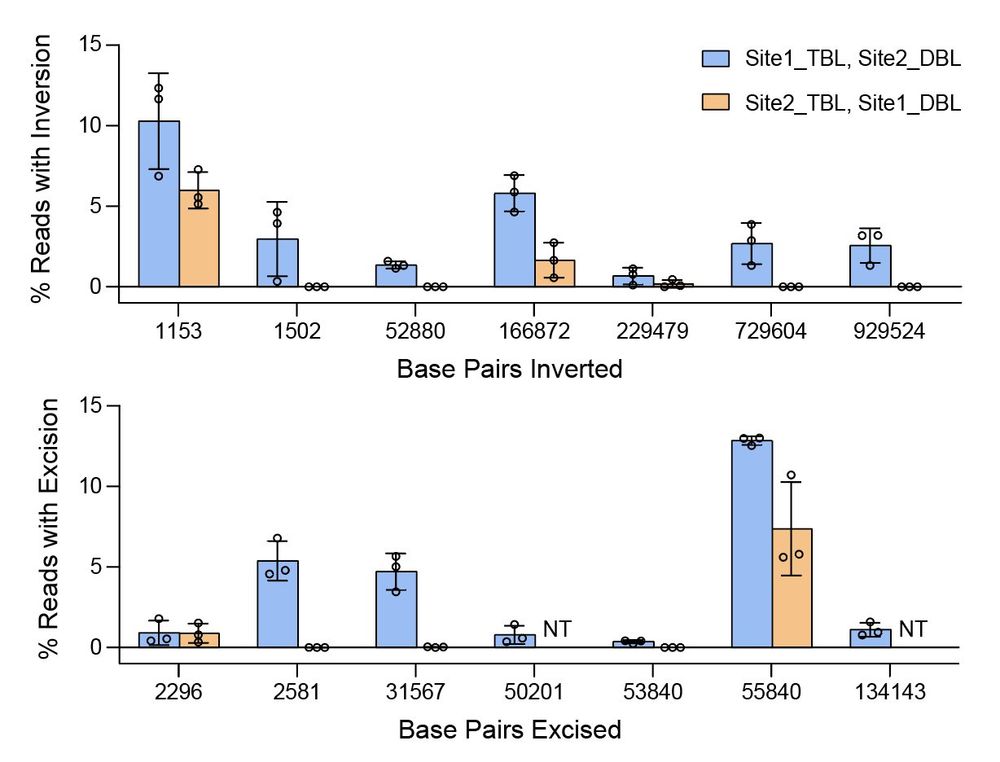
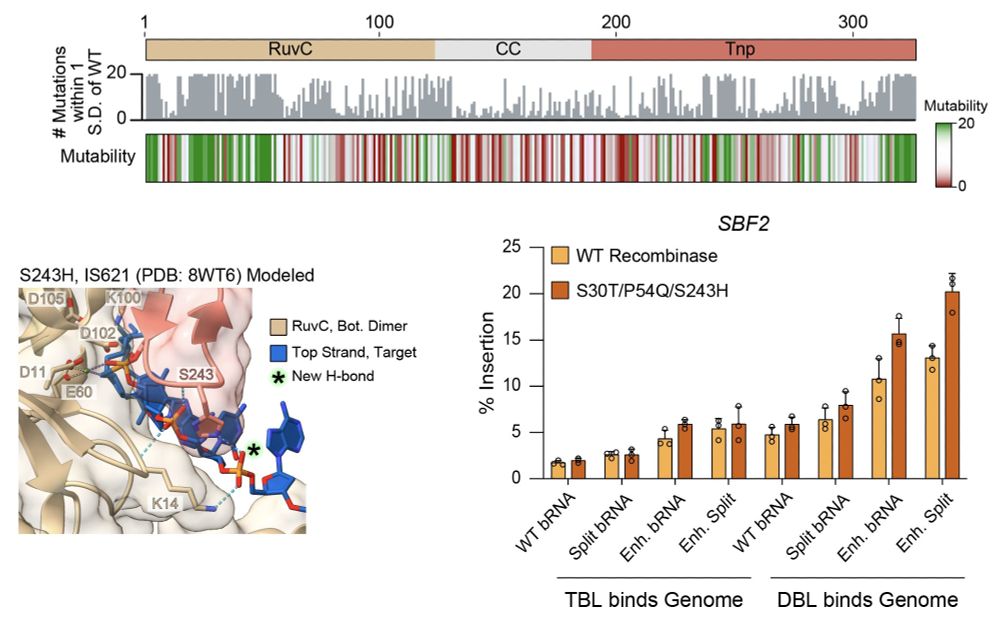
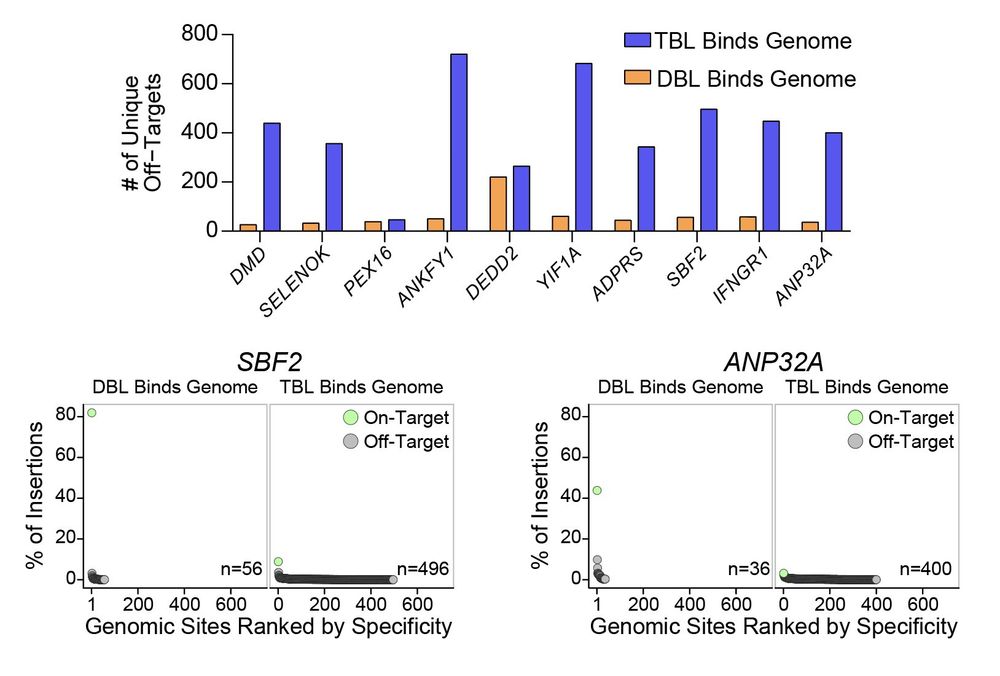
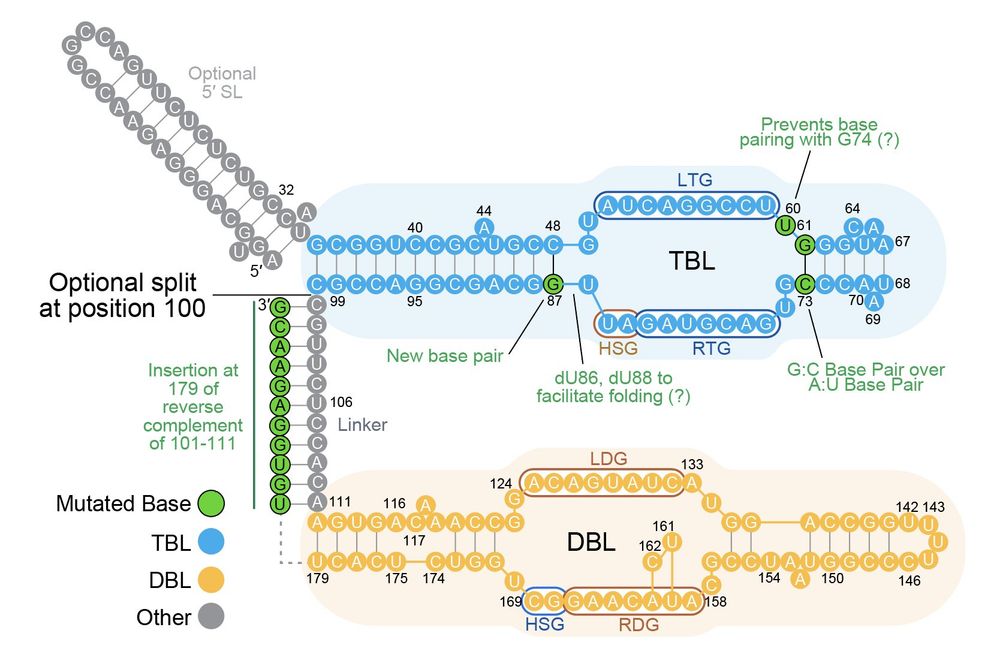
This is a universal mechanism for insertion, excision, or inversion of any two DNA sequences
This is a universal mechanism for insertion, excision, or inversion of any two DNA sequences
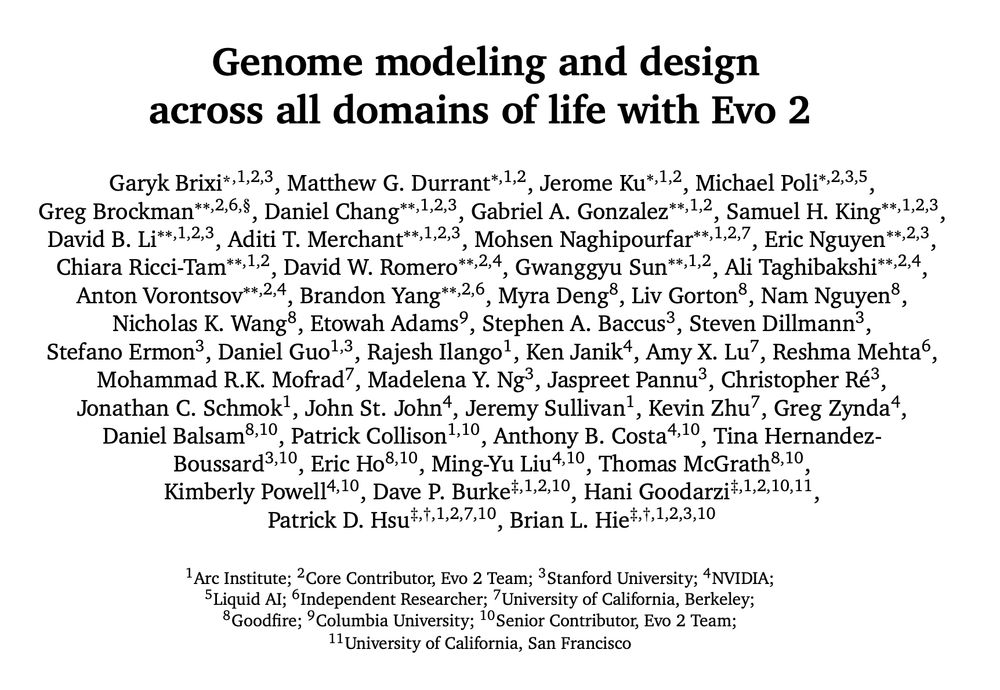
is hiring. Check out open Arc jobs at arcinstitute.org/jobs or just email me directly. Our research group is hiring in molecular machine learning and the interface of computational and synthetic biology
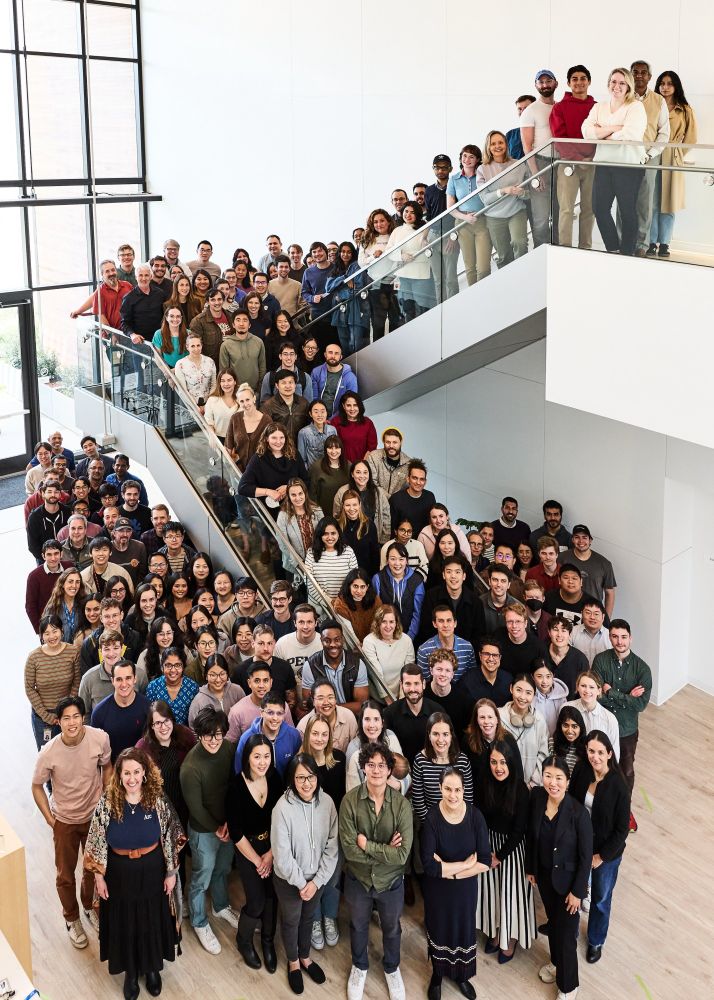
is hiring. Check out open Arc jobs at arcinstitute.org/jobs or just email me directly. Our research group is hiring in molecular machine learning and the interface of computational and synthetic biology

NVIDIA BioNeMo: github.com/NVIDIA/bione...
NVIDIA NIM (Generation): build.nvidia.com/nvidia/evo2-...
NVIDIA NIM (Forward): build.nvidia.com/arc/evo2-40b
HuggingFace Evo 2 40B: huggingface.co/arcinstitute...
HuggingFace Evo 2 7B: huggingface.co/arcinstitute...

NVIDIA BioNeMo: github.com/NVIDIA/bione...
NVIDIA NIM (Generation): build.nvidia.com/nvidia/evo2-...
NVIDIA NIM (Forward): build.nvidia.com/arc/evo2-40b
HuggingFace Evo 2 40B: huggingface.co/arcinstitute...
HuggingFace Evo 2 7B: huggingface.co/arcinstitute...
Evo 2 preprint: arcinstitute.org/manuscripts/...
Evo Designer: arcinstitute.org/tools/evo/ev...
Evo Mech Interp Visualizer: arcinstitute.org/tools/evo/ev...
Evo 2 code: github.com/arcinstitute...
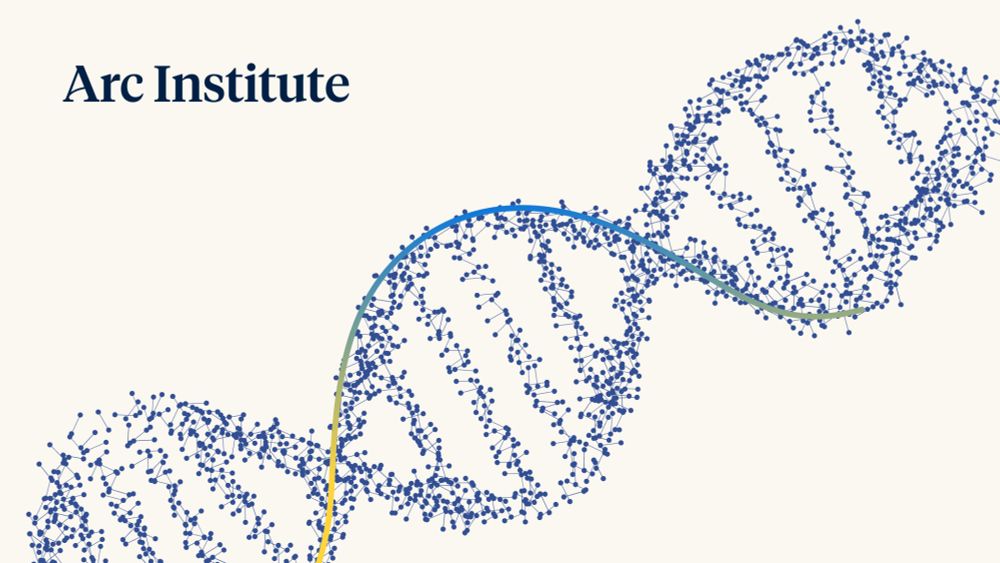
Evo 2 preprint: arcinstitute.org/manuscripts/...
Evo Designer: arcinstitute.org/tools/evo/ev...
Evo Mech Interp Visualizer: arcinstitute.org/tools/evo/ev...
Evo 2 code: github.com/arcinstitute...
